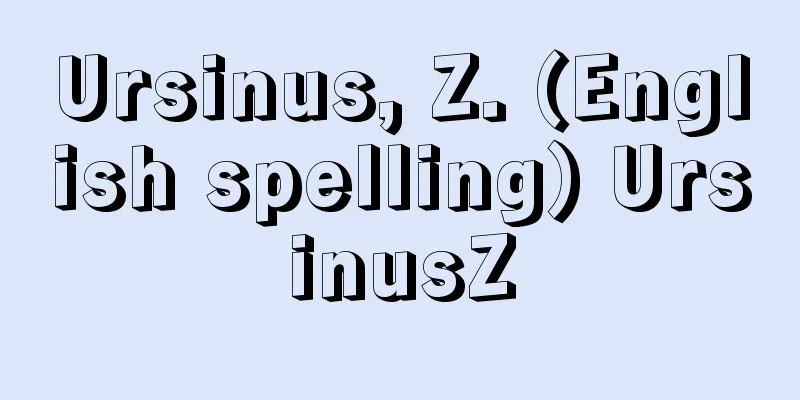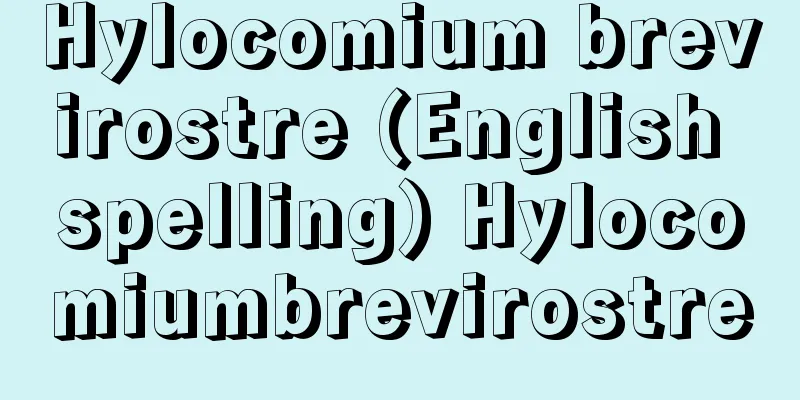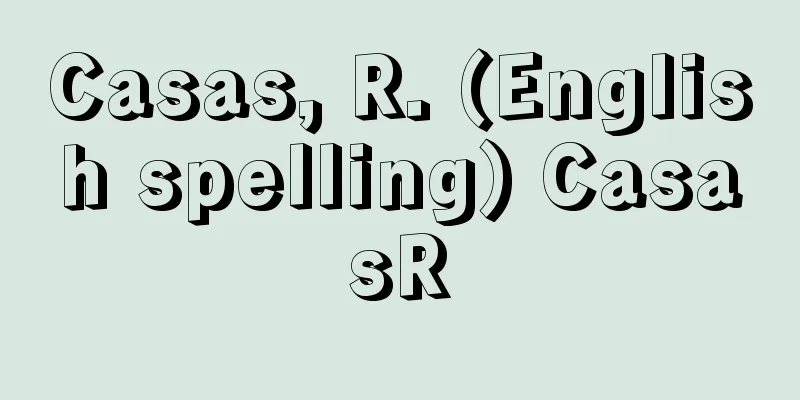Right of denial

|
Under the Bankruptcy Law, if an act done by or against a bankrupt person before the commencement of bankruptcy proceedings harms a bankruptcy creditor, the bankruptcy trustee has the right to make such an act invalid in relation to the bankruptcy estate and to restore to the bankruptcy estate any property lost from the bankrupt person as a result of such an act. A debtor whose economic situation has deteriorated may harm the interests of all creditors by transferring his/her property free of charge, selling it cheaply, or concealing it (fraudulent acts), or by paying debts to only some creditors (preferential acts), but the right of avoidance is a system intended to prevent this. After the commencement of bankruptcy proceedings, the bankrupt person's property constitutes the bankruptcy estate, and the right to manage and dispose of it is left to the bankruptcy trustee, so such things do not happen. The right of avoidance is similar to the right to set aside fraudulent acts under the Civil Code in that it allows the cancellation of acts that harm the interests of creditors (and is said to have the same historical origin), but it differs in that it places emphasis on the interests of all creditors and on ensuring equality and fairness among all creditors. The main avoidance rights under the Bankruptcy Act are as follows: (1) Denial of fraudulent acts (Article 160, Paragraph 1 of the Bankruptcy Law): Denial of acts that the bankrupt person committed knowing that they would harm bankruptcy creditors, and denial of acts that harm bankruptcy creditors that the bankrupt person committed after the suspension of payments, etc. The Civil Rehabilitation Law also has a similar provision (Article 127 et seq.). In this case, the exercise of the right of avoidance is carried out by the supervisory committee or trustee who has the authority to avoid it (Article 135, Paragraph 1). [Yoshinobu Homma] [Reference] | | |Source: Shogakukan Encyclopedia Nipponica About Encyclopedia Nipponica Information | Legend |
|
破産法上、破産手続開始前に、破産者がなし、または破産者に対してなされた行為が、破産債権者を害する場合に、その行為の効力を破産財団に対する関係で失わせ、その行為によって破産者のもとから失われた財産を破産財団に回復させる、破産管財人の権利をいう。経済状態の悪化した債務者が、その財産を無償で譲渡し、安く売却し、あるいは隠匿(いんとく)し(詐害行為)、または一部の債権者にのみ債務を弁済する(偏頗行為(へんぱこうい))などして、債権者全体の利益を害することがありうるが、否認権はこれを防止せんとする制度である。破産手続開始後は、破産者の財産は破産財団を構成し、その管理処分権は破産管財人の手に委ねられるから、このようなことは起こらない。否認権は、債権者の利益を害する行為を取り消すという点で、民法上の詐害行為取消権に似る(歴史的には同一の起源をもつといわれる)が、総債権者の利益、総債権者間の平等・公平を図るとの視点が重視される点が異なる。 破産法上の否認権のおもなものとして、次のものがある。 (1)詐害行為否認(同法160条1項) 破産者が破産債権者を害することを知ってした行為、および破産者が支払いの停止等があった後にした破産債権者を害する行為の否認 民事再生法においても、同様の規定が置かれている(民事再生法127条以下)。ここでは、否認権の行使は、否認権限を有する監督委員または管財人が行う(同法135条1項) [本間義信] [参照項目] | | |出典 小学館 日本大百科全書(ニッポニカ)日本大百科全書(ニッポニカ)について 情報 | 凡例 |
<<: Non-human minion - Hininteka
Recommend
Zemach, N. (English spelling) ZemachN
...Jewish theater company, whose name means stage...
Wind band
…Military bands meant military bands, and also me...
Jishibari - Binding
A perennial plant of the Asteraceae family (APG c...
Corydalidae
…A general term for insects belonging to the fami...
Dicke
…In 1888, SJ Gee of England and TEHTaysen of Engl...
Apterygidae
... any bird belonging to the Apterygidae family ...
Austro-Turkish War - Austro-Turkish War
A general term for the armed conflicts between the...
Construction industry
A business that mainly carries out construction w...
Anomalous sea level
Abnormal fluctuations in tide levels caused by cha...
Primary Products - Fig Tree
Products that are collected or mined in nature and...
Hershel, W.
…He submitted this information to the British sci...
Chancelade man
This late Paleolithic human bone was excavated in...
Elementalism
...This is the position that the whole is not mer...
IMCO
Inter-Governmental Maritime Consultative Organizat...
Permutation group - Chikangun (English spelling)
Permutation of n things The set P = { p } consisti...







![Matsuura [city] - Matsuura](/upload/images/67cce68ed46eb.webp)

